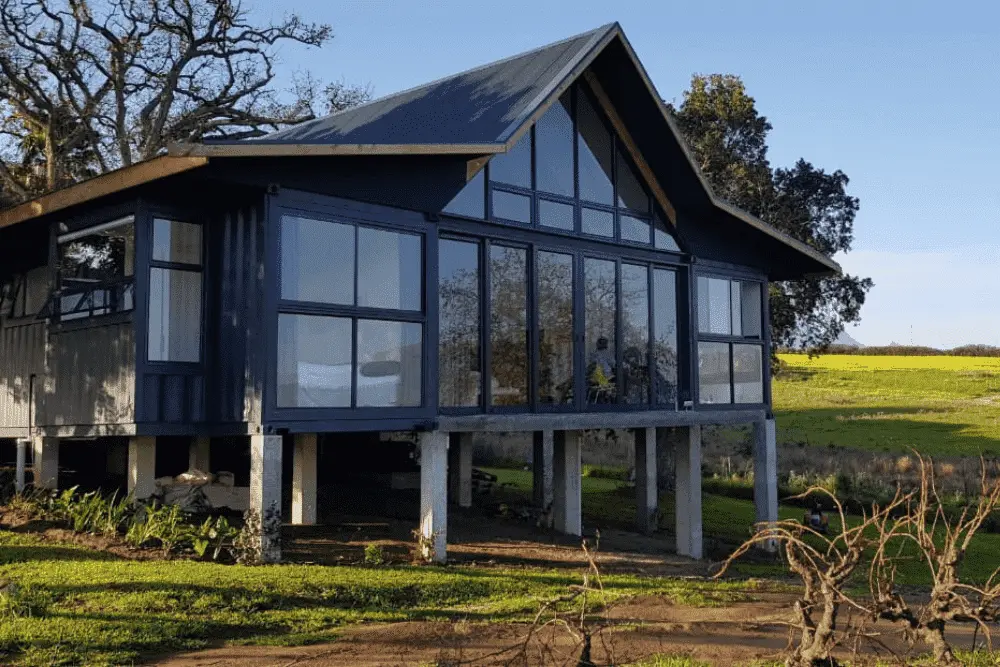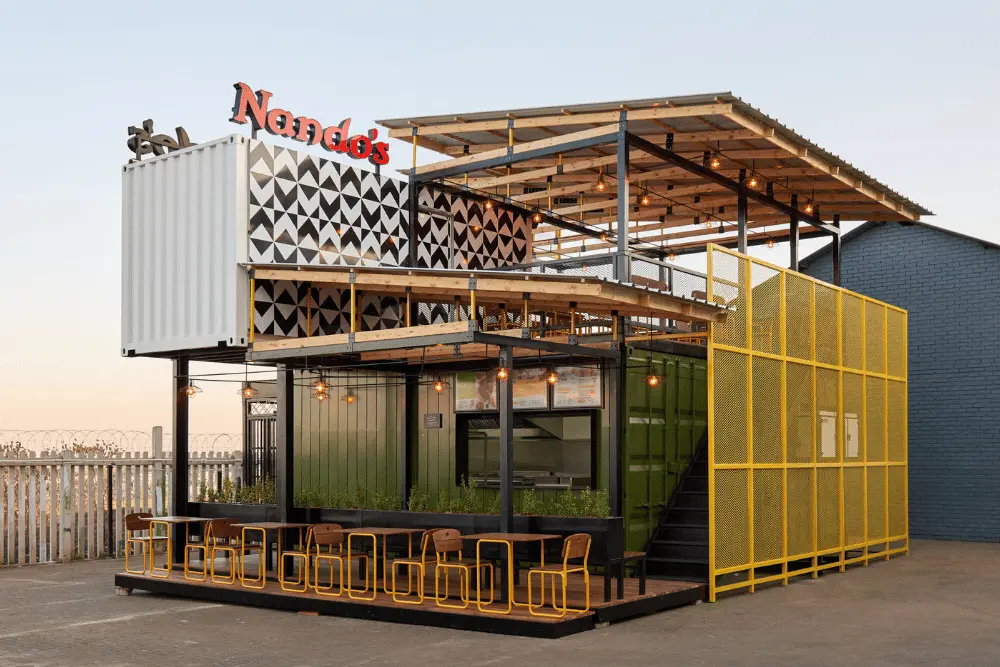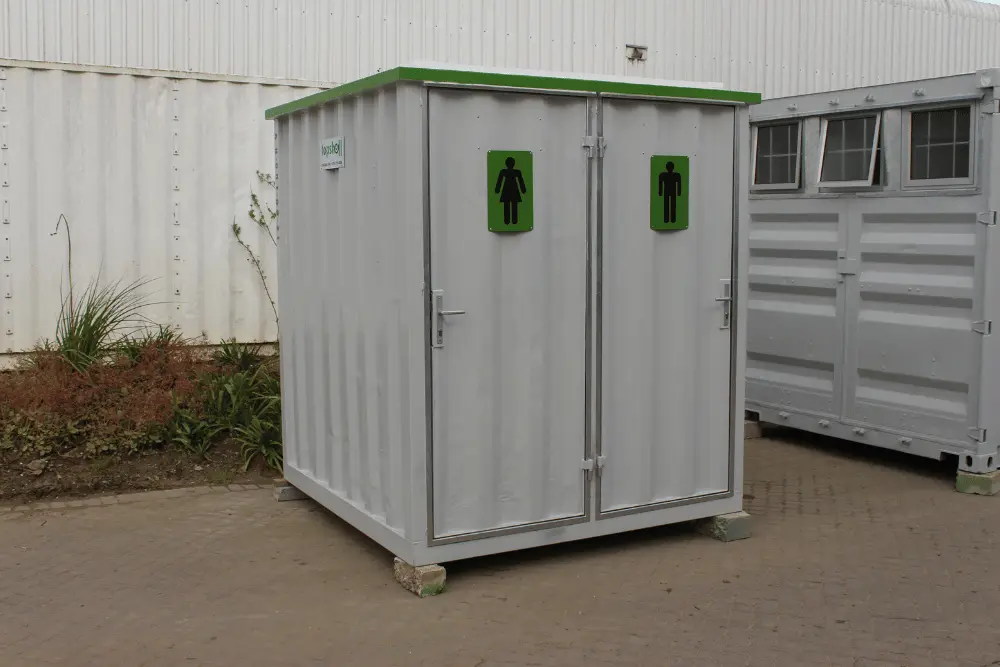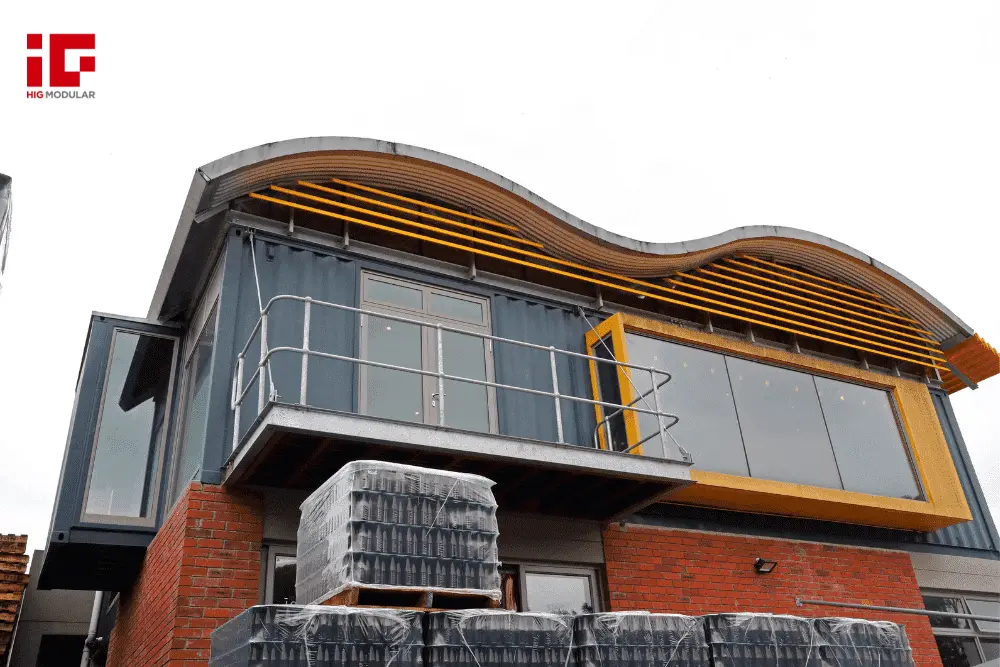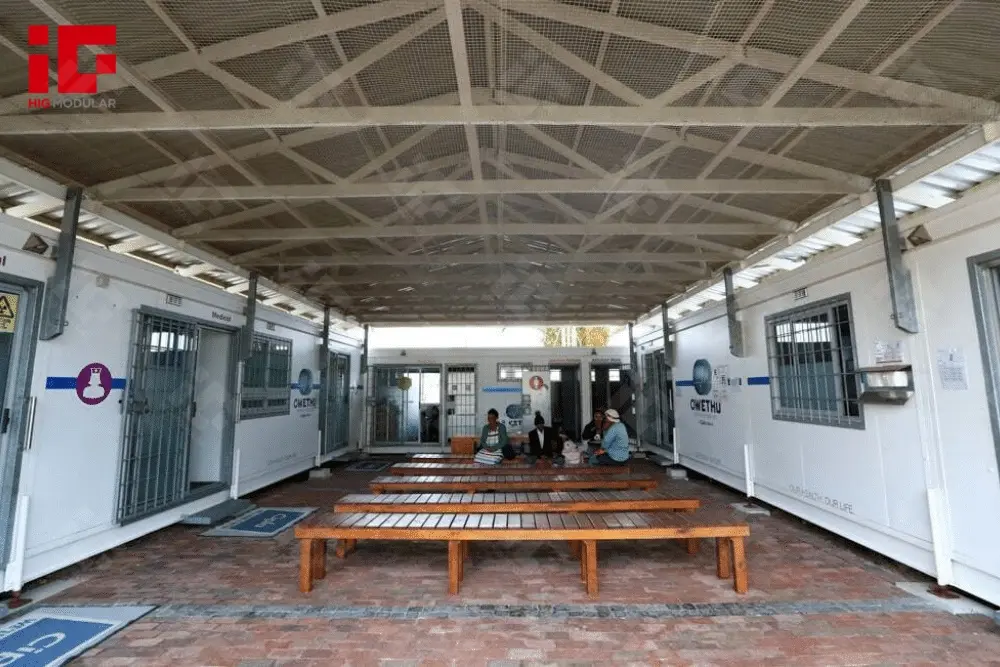News Categories
Featured News
0102030405
Modular Marvels: The Engineering and Advantages of Container
2025-06-17
In the global pursuit of smarter, faster, and greener building practices, Container Houses stand as a triumph of modular design. By leveraging prefabricated steel units, they deliver unparalleled benefits in cost, speed, flexibility, and sustainability. This deep dive into their core strengths explains why Container Construction is not just a trend—but the future of architecture.
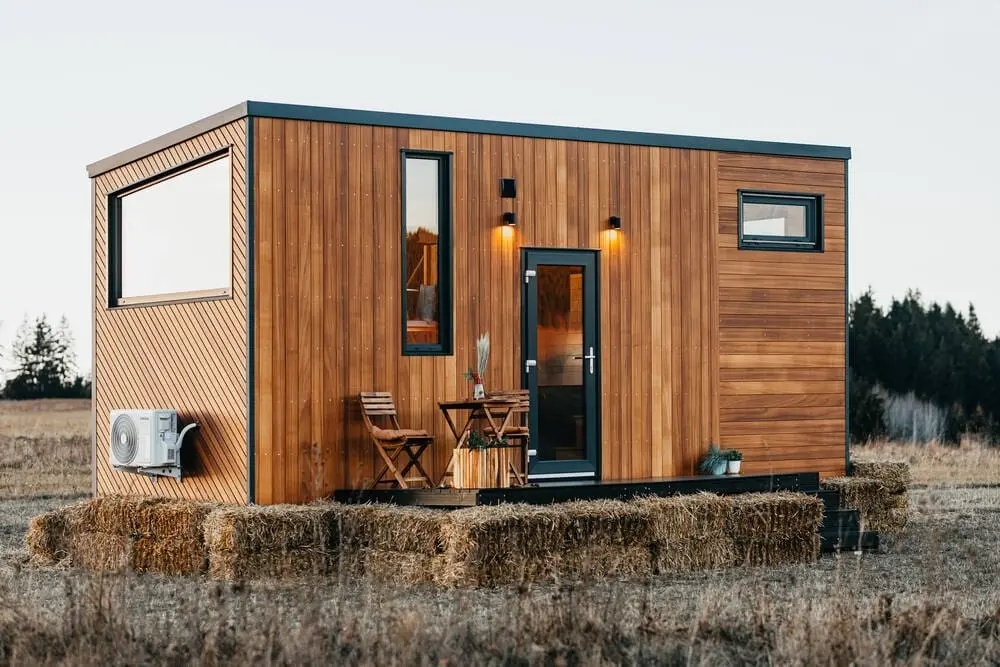
Cost Efficiency: Building Smarter, Not Harder
The financial case for container houses is compelling. A used 20-foot shipping container costs $1,500–$5,000—far less than the materials for a comparable traditional structure (e.g., concrete, lumber, which can cost $10,000+ for a 200-square-foot build). Even after modifications (insulation, windows, finishes), Container Homes cost $50–$100 per square foot—30–50% less than stick-built houses.
- Prefabrication Savings: Most container work occurs in controlled factory environments, where robotic welding and 3D modeling cut labor costs by 40% and reduce errors. A basic container home takes 8–12 weeks to factory-assemble, vs. 6–12 months for traditional builds. This speed slashes financing costs (e.g., loan interest) by up to 50%.
- Waste Reduction: Prefabrication produces 70% less construction waste than on-site builds. Excess materials are recycled, slashing disposal costs and environmental impact. A 2025 report by the World Green Building Council found that container construction reduces landfill waste by 65% per project.
- Long-Term Value: Steel containers resist rot, pests, and corrosion (with proper coating), lasting 25–30 years. Energy-efficient upgrades (solar panels, LED lighting) further reduce utility bills—by 30–50% in off-grid settings. A 2024 study by the National Renewable Energy Laboratory found that container homes with solar systems recoup energy costs in 5–7 years.
Design Flexibility: From Industrial to Inspirational
Gone are the days of boxy container homes. Today’s designs showcase modularity’s creative potential, enabling everything from minimalist cabins to multi-story mansions.
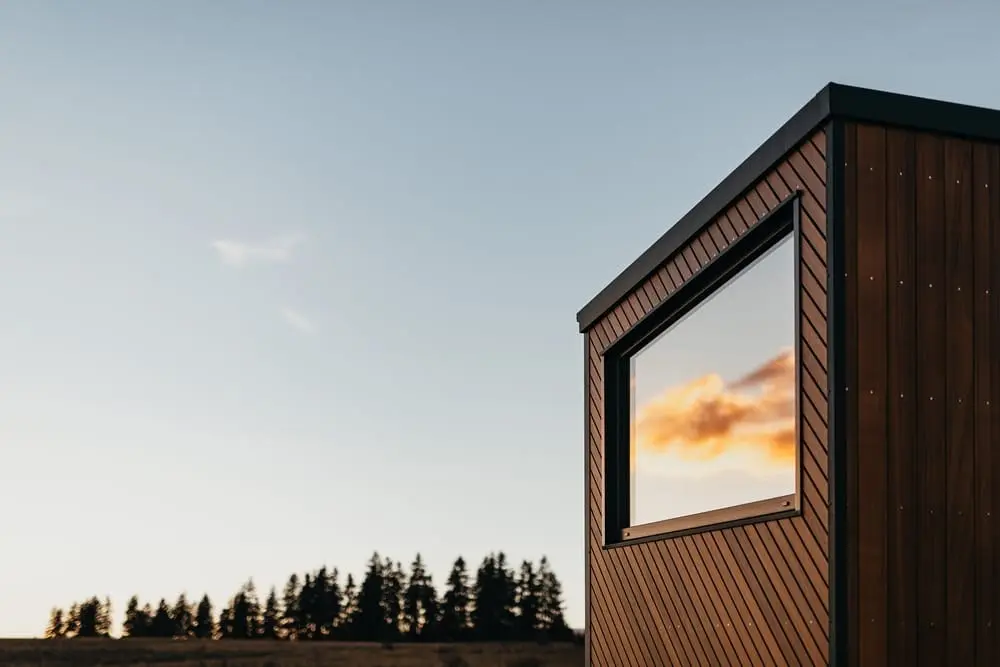
- Modular Magic: Containers stack like Lego bricks or connect horizontally to form complex layouts. Architects like Adam Kalkin design container homes with cantilevered sections, rooftop pools, and spiral staircases—proving modularity doesn’t limit ambition. His 2023 “Push Button House” expands from a 20-foot container to a 1,000-square-foot home with the press of a button, using hydraulic systems.
- Customization Unlimited: Exterior cladding (wood, stone, Corten steel) and interior finishes (exposed brick, polished concrete) allow full personalization. Large sliding glass doors, skylights, and open plans transform industrial steel into light-filled, modern spaces. A 2025 project in Portland, Oregon, uses reclaimed barn wood cladding to blend a container home into its rural surroundings.
- Adaptive Reuse: Containers excel at repurposing. Old warehouses become container offices; shipping yards evolve into container villages. This adaptability means structures grow with their owners—add a container bedroom as a family expands, or convert a unit into a home office. A 2024 renovation in Berlin transformed a 1950s factory into a co-working space using 20 repurposed containers, cutting construction costs by 45%.
Sustainability: Circular Economy in Action
Container houses embody the circular economy, turning industrial waste into valuable assets. Each reused container saves 3.5 tons of steel from landfills, reducing demand for virgin steel (responsible for 7–9% of global CO₂ emissions).
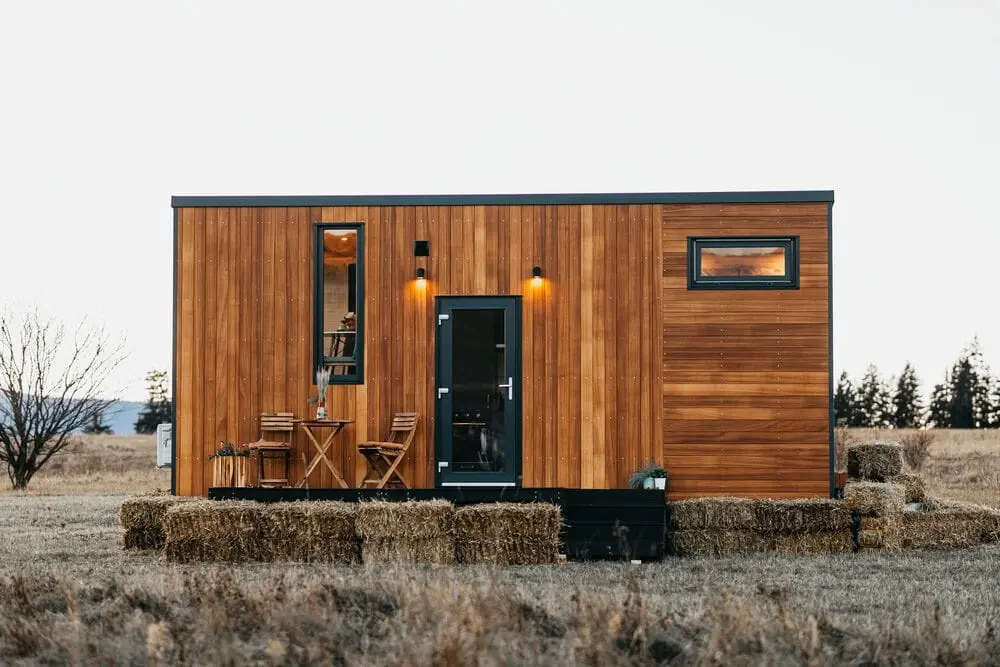
- Low Embodied Energy: Shipping containers are “pre-made” structures. Repurposing them avoids the energy-intensive process of manufacturing new materials (e.g., concrete production emits 8% of global CO₂). A 2025 study by the University of Cambridge found that container homes have 60% lower embodied energy than traditional builds.
- Energy Efficiency: Container homes excel at passive design. Their steel shells retain heat in winter and stay cool in summer when paired with insulation and thermal mass. Add solar panels, geothermal heating, or rainwater harvesting for net-zero living. Portland’s “Eco-Container Village” earned LEED Platinum certification with these features, achieving 80% energy self-sufficiency.
- Green Credentials: Projects like the “Eco-Container Village” demonstrate that sustainability and luxury coexist. Features like living walls, greywater recycling, and recycled content finishes appeal to eco-conscious buyers, boosting property value by 15–20% in competitive markets.
Structural Resilience: Built to Endure
Shipping containers are engineered to survive transoceanic storms, making them inherently robust. Their Corten steel frames resist:
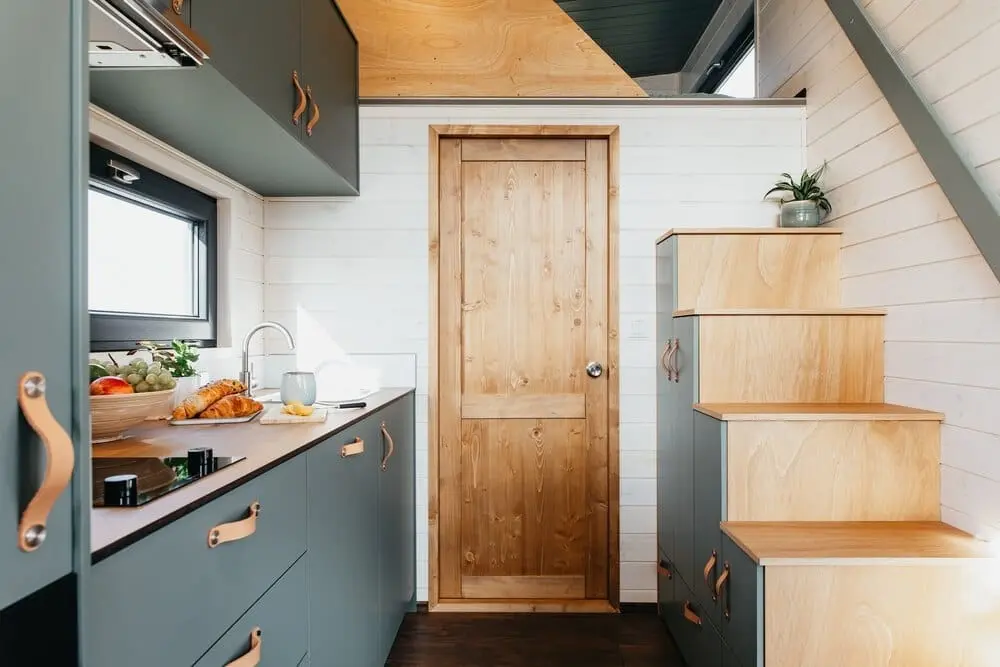
- Extreme Weather: Container homes withstand 140 mph winds (Category 4 hurricanes) and heavy snow loads (up to 60 psf). In earthquake-prone regions like California, their rigid structure outperforms wood-framed homes, reducing seismic damage by 50% (per a 2024 FEMA study).
- Corrosion: Properly sealed and coated (anti-rust paint, zinc plating), containers resist saltwater, humidity, and pests—ideal for coastal or tropical locations. A 2023 study in Florida found that coated container homes show 90% less rust than unprotected steel after 10 years.
- Easy Repairs: Damage? Replace a single container module, not the entire structure. This modularity simplifies maintenance and extends lifespan. A 2025 report by the Construction Research Council found that container homes require 30% less maintenance than traditional builds over 20 years.
Speed and Scalability: Meeting Urgent Needs
In a world where time is money, container construction delivers rapid results.
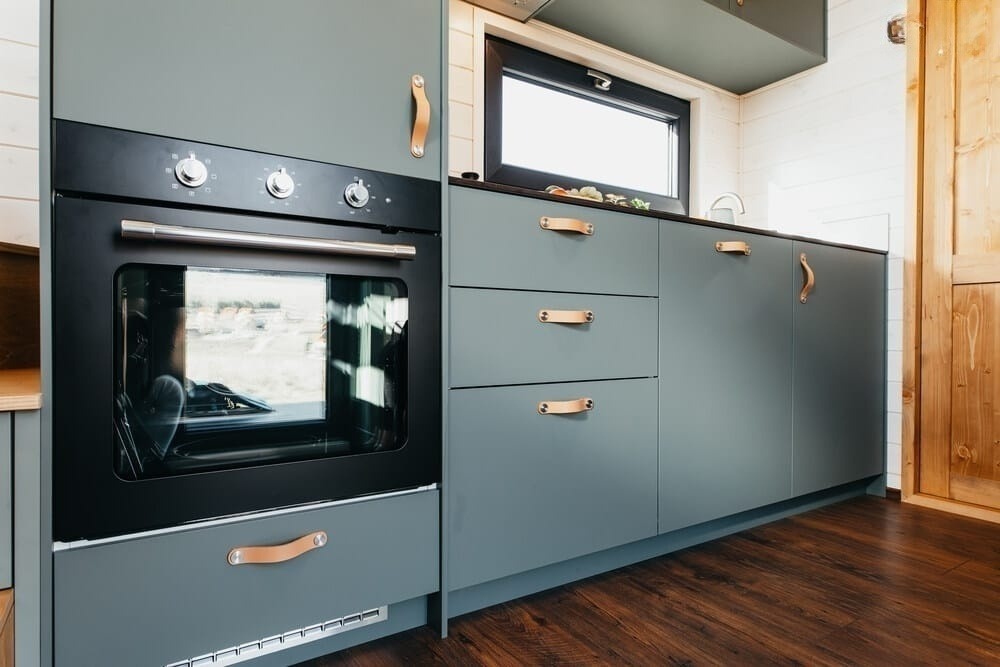
- Rapid Deployment: Factories build containers in controlled environments, avoiding weather delays. A 10-unit container apartment complex takes 3 months to factory-build, then 2–4 weeks to assemble on-site—50% faster than traditional construction.
- Scalability: Need to expand? Add more containers. Schools, hospitals, and offices use this to grow incrementally—no halting operations. A rural school in Kenya started with 2 container classrooms in 2023 and added 2 more in 2024 as enrollment grew, with minimal disruption to students.
- Emergency Readiness: NGOs stockpile prefabricated units for disasters. Deployed in days, they become shelters, clinics, or water treatment centers—critical for saving lives. The Red Cross’s 2025 “Rapid Response Container Fleet” includes 1,000 units pre-fitted with medical equipment, reducing deployment time by 75%.
Conclusion: The Modular Revolution
Container houses are a blueprint for the future. By merging cost efficiency, design freedom, sustainability, and resilience, they solve humanity’s most pressing challenges: housing inequality, climate change, and infrastructure adaptability. As technology refines modular systems (AI-driven design, self-assembling units) and societies embrace circular economies, container construction will dominate. From skyscrapers to space habitats (NASA is exploring container-like modules for Mars), the possibilities are limitless. The modular edge isn’t just about building houses—it’s about building a better world.



